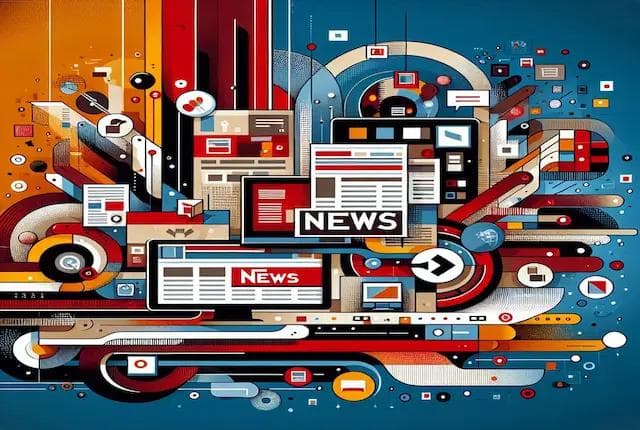Analysis-Battery makers sweat as antimony shortage hits after China's export curbs
Analysis-Battery makers sweat as antimony shortage hits after China's export curbs
Published by Global Banking and Finance Review
Posted on June 17, 2025

Published by Global Banking and Finance Review
Posted on June 17, 2025

By Melanie Burton
MELBOURNE (Reuters) -When China restricts exports of a key mineral, sometimes the pain is sudden and even crippling - enough to spur a major outcry almost immediately. Other times, it takes longer to be felt.
For the world's makers of lead-acid batteries, China's restrictions on critical mineral antimony that were put in place late last year have become a major headache - one that their customers also now have as sky-high procurement costs are passed on.
"We consider it a national emergency," said Steve Christensen, executive director at the U.S.-based Responsible Battery Coalition, whose members include battery maker Clarios, Honda and FedEx.
He noted the key role batteries play in industry and civilian life, how antimony is used in military equipment, as well as the surge in spot prices. Antimony now costs more than $60,000 per metric ton, having more than quadrupled over the past year.
"There are no quick solutions... We were completely caught off guard collectively, as an industry," he said.
China likely produced 60% of all antimony supply in 2024, according to the United States Geological Survey. Much of antimony mined in other countries is also sent to China for processing.Beijing added the mineral to its export control list last September, requiring companies to gain licences for each overseas antimony deal. It then followed up in December with an outright ban on shipments to the U.S. - an action seen as retaliatory after Washington further restricted exports of advanced semiconductors to Chinese companies.
China's global exports of antimony are now just a third of levels seen this time last year.
Christensen said U.S. companies are hugely reliant on China for their supply of antimony and buyers are increasingly having to procure from an emerging "grey market", where sellers that have stocked up on the material are charging extremely high prices.
China's restrictions on antimony precede its controls on rare earths and rare earth magnets that were imposed in response to U.S. President Donald Trump's tariffs and do not appear to have been discussed in last week's efforts to stabilise a truce in trade tensions between the two countries.
Last week's talks between China and the U.S. also did not include any agreement on specialised rare earths such as samarium needed for military applications.
VULNERABLE
Lead-acid batteries, commonly found in gasoline-engine vehicles, are mostly used to start the engine and to power low-voltage instruments. They are also used as sources of backup power in various industries and to store excess energy generated by solar and wind systems.
In addition to batteries, antimony is also essential to military equipment such as night vision goggles, navigation systems and ammunition.
Overall antimony demand is some 230,000-240,000 tonnes a year with lead-acid batteries accounting for about a third of that, according to consultancy Project Blue.
While many battery makers may have access to antimony-lead alloy from recycled materials, Project Blue estimates they collectively need around 10,000 tonnes a year of higher purity antimony to top up the alloy to reach the right battery properties.
Securing that additional portion could be challenging.
Project Blue director Nils Backeberg said there is enough antimony outside China to satisfy non-Chinese demand but buyers need to compete with Chinese purchasers such as the country's huge solar industry, and China's smelters are able to offer better terms.
"With antimony prices at nearly 5x normal market conditions, the cost becomes a factor and with supply limited on the Western market, a shortage is being felt," he said.
For now, it seems that battery makers' antimony woes have not yet led to cuts in output, with companies like Germany's Hoppecke saying they have managed to pass on higher costs. Japan's GS Yuasa said it has passed on costs to some customers and is negotiating with more of its customers to do so.
One source at an Indian battery maker said antimony represented only a small cost of a battery and price increases were being passed onto customers, but any more price rises could spell trouble.
"If the price does increase further, everyone (in the industry) will be vulnerable," said the source who was not authorised to speak to the media and declined to be identified.
The companies and the source at the Indian battery maker declined to disclose the size of their product price hikes.
In a sign that profits are being affected, India's Exide Industries blamed high prices for antimony when it logged smaller-than-expected income for its fourth quarter.
Christensen of the Responsible Battery Coalition said policymakers should treat the issue as one of national security, arguing that Western countries had become "overly reliant on a single geopolitical adversary for minerals foundational to both national defense and civilian life."
"For the U.S., the path forward must include onshoring processing capacity, scaling domestic recycling, and building strategic mineral alliances with trusted partners. Otherwise, this crisis will repeat itself again and again," he added.
Some baby steps towards building an antimony supply chain outside of China are being taken.
Clarios, owned by global investment firm Brookfield, said last month it was scouting locations for an up to $1 billion critical minerals processing and recovery plant in the U.S. that will extract antimony among other minerals.
Nyrstar, owned by global commodity trader Trafigura, also said last month it could produce antimony at its South Australian metals processing plant but would need government support to do so.
(Reporting by Melanie Burton; Additional reporting by Eric Onstad in London, Neha Arora in New Delhi, Ernest Scheyder in Houston, Lewis Jackson in Beijing, Yuka Obayashi in Tokyo and Ashitha Shivaprasad in Bengaluru; Editing by Edwina Gibbs)
Explore more articles in the Headlines category











